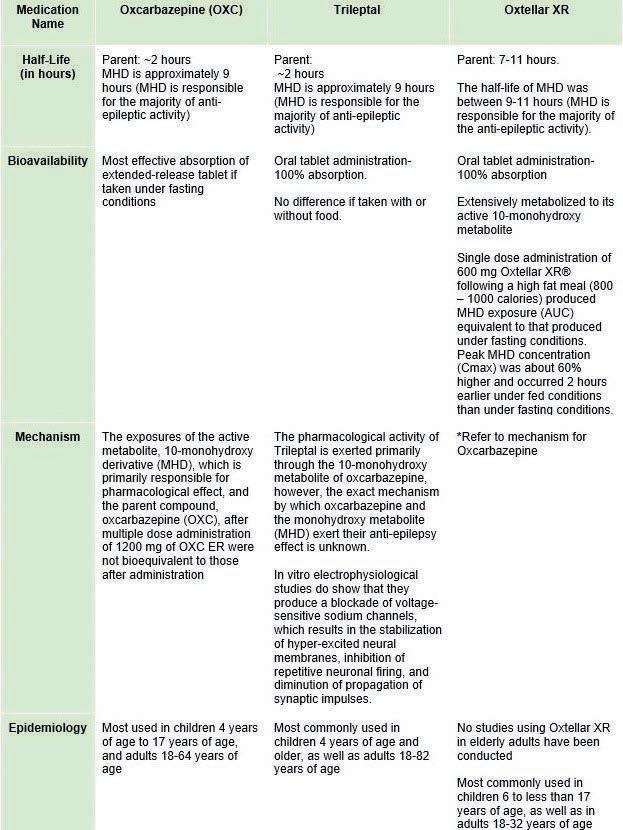Scholarly Research In Progress • Vol. 5, November 2021
Rat-Bite Fever in a 14-Year-Old Male Wyatt L. Keck1†‡, Michael S. Pheasant1†‡, Desiree N. Wagner1, and Lindsay M. Dittman1,2 Geisinger Commonwealth School of Medicine, Scranton, PA 18509 Geisinger Wyoming Valley Medical Center, Wilkes-Barre, PA 18711 † Doctor of Medicine Program ‡ Authors contributed equally Correspondence: wkeck@som.geisinger.edu 1 2
Abstract Rat-bite fever (RBF) is a rare, zoonotic infection with an increasing incidence among the pediatric population as rats become more popular household pets. Here, we present a case of RBF in a previously healthy 14-year-old boy. The patient presented with nonspecific clinical findings and a social history significant for close contact with his pet rat, creating a scenario highly suspicious for RBF. Following clinical diagnosis and appropriate treatment, the patient experienced a rapid recovery and complete resolution of symptoms. In light of this case, we support and encourage the long-standing practice of conducting a thorough social history and inquiring about any pets or animal exposure in the home or place of work.
Introduction Rat-bite fever (RBF) is a rare, systemic, zoonotic infection that is most commonly caused by Streptobacillus moniliformis (North America) or Spirillum minus (Asia), and to a much lesser extent, Streptobacillus notomytis (1, 2). As the name suggests, sustaining a bite from an infected rat is the typical mode of transmission to humans, and each bite carries an approximate 10% risk of infection (1, 2). However, not all infections require a bite. According to current literature, as many as 30% of cases report no history of a bite, suggesting that close contact is another mode through which the disease can be transmitted (1). In fact, it has been reported that 10% to 100% of domestic rats and 50% to 100% of wild rats carry S. moniliformis, which resides in the upper respiratory tract, including the nasopharynx, larynx, upper trachea, and middle ear (1). Additionally, several case reports have documented the transmission of RBF via oral contact in children who kiss their pet rats or following accidental ingestion of food and water contaminated with infected rat feces (3, 4). Historically, RBF was a disease commonly seen among lab technicians and those living in poverty. However, with rats becoming increasingly popular as household pets, the demographics have now changed to include children, representing over half of all cases, laboratory personnel, and pet store employees (1). Here, we present a case of RBF with a typical clinical presentation and resolution following appropriate treatment.
Case Presentation A previously healthy 14-year-old male presented to the Emergency Department with his mother for evaluation of a 3-day history of rash and arthralgia. His symptoms began 3 days prior following a minor ankle injury during gym class. The ankle pain resolved, but new pain had developed in the right elbow.
16
The day prior to presentation, a rash appeared on his arms and legs and spread to his palms and soles over the course of the day. The trunk and genital area were largely spared. The rash on his soles was painful when walking. Associated symptoms included fever with chills and drenching sweats two days prior to presentation, which had resolved. Upon thorough review of systems, the patient reported a headache, but denied any additional symptoms. He was seen the previous day at another facility and was treated with tramadol and diphenhydramine. Further history revealed that the family spends significant time in the woods but denied known tick bites. The patient and family had no recent travel history. Household pets include two dogs, a rabbit, and a rat. The patient denied any sick human contacts; however, he reported close contact with his pet rat, which he allowed to kiss his nose and clean his teeth. The rat had reportedly been ill recently with sneezing and loud breathing. The patient had an unremarkable birth history, was up to date on his vaccinations and took no medications. Past surgical history was significant for a nasal endoscopy at age 4 for a foreign body removal and a tonsillectomy at age 6. On physical examination, vital signs were as follows: body mass index (BMI) 42.13 kg/m2, temperature 36.72oC, blood pressure 121/72 mmHg, pulse 93 beats per minute, respirations 20 breaths per minute, and oxygen saturation of 98% on room air. Skin exam revealed erythematous macules, papules, and pustules in an acral distribution on all four extremities, particularly on the extensor surfaces and extending to the palms and soles where the lesions were tender to palpation. There was also tenderness to passive extension of the right elbow, with active extension limited to approximately 110 degrees, but no significant effusion or erythema. Cardiovascular, pulmonary, abdominal, and neurological examinations revealed no abnormal findings. Pertinent laboratory results revealed an elevated C-reactive protein and erythrocyte sedimentation rate. The patient’s complete blood count with differential revealed a neutrophilic predominance, while his comprehensive metabolic and respiratory viral pathogen panels were negative for any abnormalities. A tick-borne pathogen panel was also obtained. A differential diagnosis of RBF versus anaplasmosis was considered. After blood cultures were obtained, the patient was started on intravenous ceftriaxone (1 g every 12 hours) and oral doxycycline (100 mg every 12 hours). The rash improved rapidly following initiation of treatment. The right elbow arthralgia was slower to respond but did show improvement prior to discharge. The final results of blood cultures were negative, including those for Babesia microti, Anaplasma phagocytophilum, and Lyme disease. He was discharged home on hospital day 6 to continue his remaining antibiotic course of 500 mg penicillin V potassium every 6 hours for a total of 21 days as an outpatient.












































